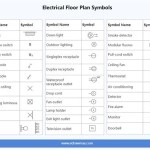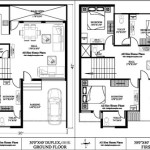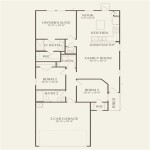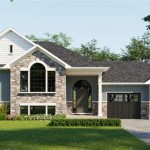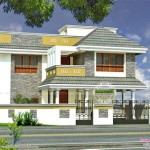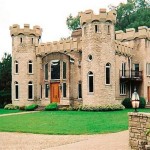Glass House Plans: Exploring the Beauty and Challenges of Transparent Living
Glass houses, with their ethereal beauty and seamless connection to the outdoors, have long captured the imagination of architects and homeowners alike. These structures, characterized by expansive windows and minimal walls, offer a unique and captivating living experience. While the concept of living in a glass house might evoke feelings of vulnerability and exposure, it also promises a sense of openness, light, and connection with nature. Exploring glass house plans involves considering various design elements, materials, and functional aspects to create a comfortable and sustainable home that embraces the beauty of transparency.
Design Considerations for Glass House Plans
The design of a glass house plan requires careful consideration of several factors to ensure functionality, privacy, and comfort. These include:
- Orientation: Optimizing the orientation of the house to capture sunlight and maximize natural ventilation is crucial. This involves considering the position of the sun throughout the day and strategically placing windows to receive optimal light and heat gain.
- Privacy: While glass walls offer breathtaking views, they also raise concerns about privacy. Incorporating frosted glass, strategically placed blinds, and landscaping can create a balance between transparency and privacy.
- Climate: The climate plays a significant role in designing a glass house. For warm climates, shading devices such as overhangs, awnings, and trees are essential to mitigate excessive heat gain. In colder climates, insulation and double-glazed windows are crucial to maintain comfortable temperatures.
- Materials: Tempered glass, which is stronger than regular glass, is commonly used in glass house construction. Other materials like steel, concrete, and wood can also be employed for structural support, framing, and accents.
Advantages and Challenges of Glass House Plans
Living in a glass house comes with its unique set of advantages and challenges. Understanding these aspects can help homeowners make informed decisions about whether this type of architecture is suitable for their lifestyle and needs.
Advantages:
- Abundant Natural Light: Glass houses flood interior spaces with natural light, creating a bright and airy atmosphere. This can enhance mood, improve sleep patterns, and reduce reliance on artificial lighting.
- Seamless Indoor-Outdoor Connection: With expansive windows and minimal walls, glass houses blur the boundaries between indoors and outdoors, fostering a sense of connection with nature. This can be particularly appealing for those who enjoy outdoor living.
- Stunning Views: Glass walls provide unobstructed views of the surrounding landscape, allowing homeowners to enjoy the beauty of their environment from every angle.
Challenges:
- Heat Gain and Loss: Glass is highly conductive, meaning it allows heat to pass through easily. This can lead to significant heat gain in hot climates and heat loss in cold climates. Careful planning and use of shading devices, insulation, and double-glazed windows are necessary to mitigate these issues.
- Privacy Concerns: The transparency of glass walls can raise privacy concerns, particularly if the house is located in a visible area. Strategically placed blinds, landscaping, and frosted glass can help address these concerns.
- Maintenance: Glass houses require regular cleaning to maintain their aesthetic appeal and prevent dirt and grime from obscuring the views. This involves keeping the windows, doors, and surrounding landscaping clean.
Types of Glass House Plans
Glass house plans come in various styles and configurations, catering to diverse preferences and lifestyles. Some popular types include:
- Modern Glass Houses: These structures typically feature clean lines, minimalist design, and expansive glass walls that often extend from floor to ceiling.
- Minimalist Glass Houses: Characterized by a focus on simplicity and functionality, minimalist glass houses prioritize open spaces, natural light, and the use of natural materials.
- Green Glass Houses: These houses embrace sustainable design principles, incorporating features like solar panels, rainwater harvesting, and energy efficiency. They aim to minimize environmental impact while maximizing comfort and aesthetics.
Glass house plans offer a unique and captivating approach to modern architecture. By carefully considering design elements, materials, and functional aspects, homeowners can create a comfortable, sustainable, and visually stunning home that embraces the beauty of transparency and connection with nature.

Glass House 126 Wood Kontio Small Floor Plans Building Modern Architecture

Plan Glass House From Johnson 1950 157 As Reprinted In Writings Scientific Diagram

House For Building Philip Johnson Glass

Must Know Modern Homes The Glass House

Gallery Of Glass Wall House Klopf Architecture 19 Floor Plans How To Plan

Ad Classics The Glass House Philip Johnson Archdaily

Architects North London Modern Glass House Design

Prefabricated Glass House By Revolution Precrafted Inhabitat Green Design Innovation Architecture Building

Glass House 50 Log Cabin Tiny Floor Plans

Glass House By Philip Johnson


